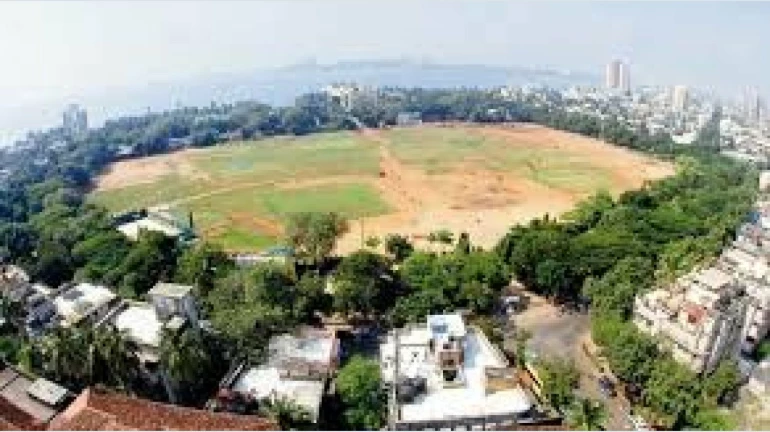
The Brihanmumbai Municipal Corporation (BMC) parks department has decided to fill at least four playgrounds in Matunga, Wadala and Sion areas with red soil. All these playgrounds fall under the F-North zone.
After the monsoon, the surface of the playgrounds has become unplayable. This has made it difficult for children and locals to use these playgrounds. Therefore, it has been decided to fill the ground with red soil to make it playable again. The municipal corporation says that this soil has the ability to store water.
An official of the parks department in the F-North zone said, “The top layer of all these playgrounds has become very hard. Red soil makes the ground soft, so we have decided to fill it. This soil will be filled only in those places where the ground has become so hard that children find it difficult to play and there is an increased risk of injury.”
Residents’ opposition
Residents in the Shivaji Park area have opposed the municipal corporation’s decision. As many as 80 trucks of red soil were dumped here between 2019 and 2021. But this soil started causing problems to the locals. The citizens of the area were facing respiratory problems and other problems.
After a complaint was filed with the Maharashtra Pollution Control Board (MPCB), the board had ordered the BMC to remove the red soil to reduce dust pollution.
Expert opinion
“Red soil retains more water than black soil, which is why it remains soft. However, in the absence of water or moisture, that soil becomes loose. This creates dust storms.”
Another expert, who requested anonymity, told mid-day, “The problems are different there as Shivaji Park is a large open area. Dust is blown away by the wind from the red soil. If the structure of red soil is compared to sandy soil, the sand allows water to easily penetrate and is also soft. This can reduce injuries while playing.”
Locals’ Experience
Ashish Sawardekar, a senior player who has been practicing at Shivaji Park for many years, said, “After the rain, the red soil immediately turns into mud. So, it becomes difficult to walk, play and exercise. Often, feet get stuck, slip and this mud sticks to the shoes and goes to the surrounding footpaths and gymkhanas, which spreads the mud.”
Nehal Shah, a resident of Matunga and former corporator, said, “Red soil is soft and absorbs water easily. Therefore, while red soil is being laid on these four grounds, our only demand is that pipelines be laid to water the grounds regularly. So that dust does not fly during the dry season. The BMC has not done so yet. If there is no plan to provide water daily, there is a risk of pollution and dust storms due to red soil.”
BMC's clarification
A senior official from the parks department said, "The issue of Shivaji Park is different because it is a very large area. These four grounds in the F-North section are only about 2000 sq m. Maintenance is easy in such small areas, and if there is a problem of dust, it can be controlled."
Locations of the four grounds:





